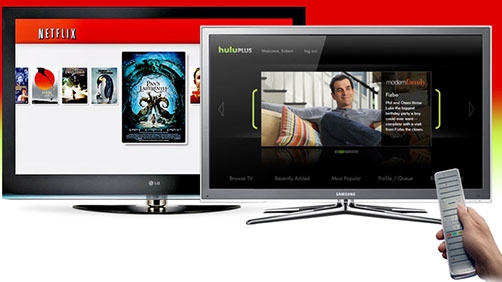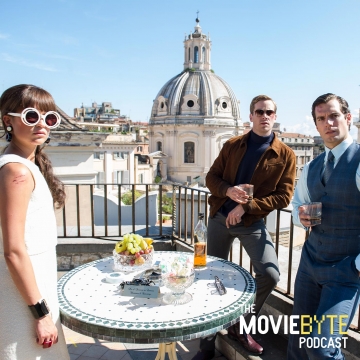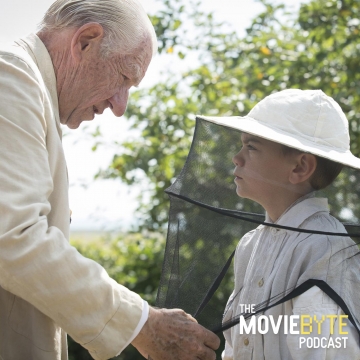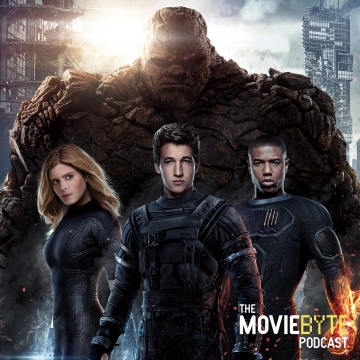
Suppose I could offer you a choice of two technologies for watching TV online. Behind Door Number One sits a free-to-watch service that uses off-the-shelf technology and that buffers just enough of each show to put the live stream on the Internet. Behind Door Number Two lies a subscription service that requires custom-designed hardware and makes dozens of copies of each show. Which sounds easier to build—and to use? More importantly, which is more likely to be legal?
If you went with Door Number One, then you are a sane person, untainted by the depravity of modern copyright law. But you are also wrong. The company behind Door Number One, iCraveTV, was enjoined out of existence a decade ago. The company behind Door Number Two, Aereo, just survived its first round in court and is still going strong.
This is a great article on the current insanity of copyright law, big media companies, and online streaming of media. A couple more of my favorite quotes.
It worked. In July, a federal judge denied broadcasters’ request for an injunction to shut down Aereo. The broadcasters tried to get around Cablevision by arguing that the individual copies didn’t really count because—I am not making this up—the viewer could start streaming a show before it ended. It’s bizarre that buffering a TV show through a copy being recorded to a hard drive should let Aereo escape liability, but the argument that viewers should have to wait until the end of the show is just as strange. As the judge explained, the broadcasters’ view would mean that a user “who begins watching a recording of the Academy Awards, initially broadcast at 6:00 pm, one minute before the program ends at 11:00 pm” would be watching an infringing public performance, while a viewer “who begins watching a standard half-hour sit-com just a minute after its initial broadcast ends” would be watching a legal private performance from her own copy.
...
A California startup called Zediva had another idea. It bought DVDs, taking advantage of the first sale doctrine to become the undisputed owner of copies of movies. It filled a Santa Clara data center with hundreds of DVD players. When a customer hit play on, say, Little Fockers, Zediva’s servers reserved a DVD player with the DeNiro/Stiller turkey in it, started the DVD playing, and streamed the video to the customer over the Internet. Zediva called it “a DVD with a very long cable attached.
Once again, the business model looked engineered to take advantage of Cablevision, and Zediva argued that its streams weren’t public performances because they went to individual viewers and no one else. And once again, it’s a business model that would not exist in a world with copyright policy that was not demonstrably insane. Rapidly spinning optical discs make sense as a distribution technology because they’re compact and durable. But they’re a hassle and a half for playback, because they scratch, skip, and make random access a pain. If you’re going to use the Internet for distribution, better to take the DVDs out of the picture and use them as coasters. But since Cablevision had opened up what seemed like a gap in copyright law, Zediva poured shiny lacquered discs into the breach.
Insane!


